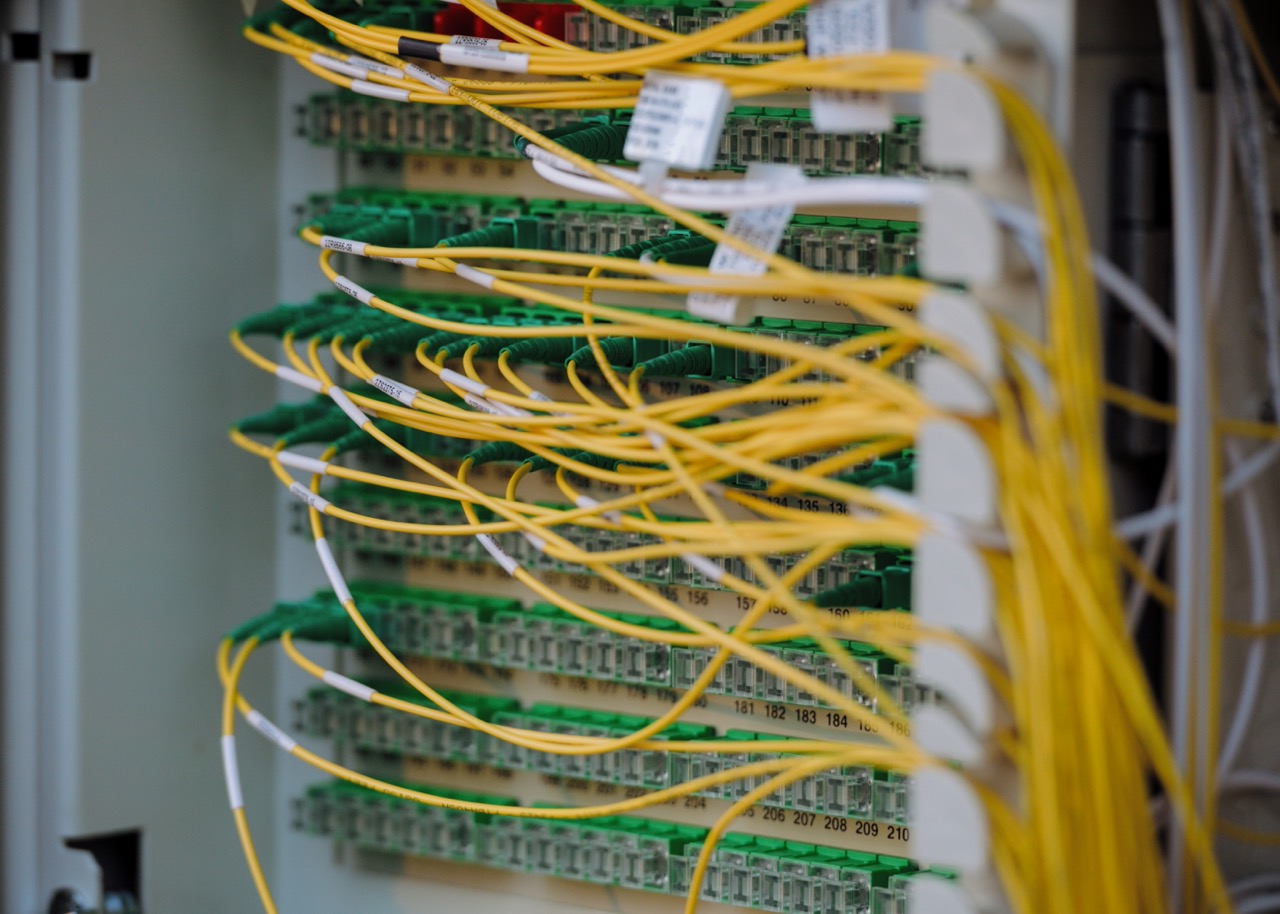1. Introduction: The Need To Act Against Fraud in Food Delivery
These days with the food delivery industry growing in a big way, new challenges come into the business forefront — the very first among them being transaction safety and fraud protection, which calls for advanced fraud prevention AI. One can observe with Celadonsoft how the number of online orders leads to increasingly sophisticated types of abuse. This threat is real — fraud results in monetary losses, erodes user trust and reputations for delivery services.
As a leading food delivery application development company, Celadonsoft explains why combating fraud in this sector is important. The most important reasons for this to be a priority are:
- Online ordering. Each new buyer and purchase order represents a new interface to be exploited by fraudsters.
- Ecosystem complexity. Risks also propagate from end buyers to couriers, partner restaurants, payment systems — the more nodes, the more vulnerabilities.
- Technical system complexity. Contemporary platforms are multi-layered infrastructures with vast data and where manual monitoring cannot be adequate.
- Increasing reputational risks. A single major incident can destroy trust and lead to client losses and revenue decrease.
| Risk Factor | Business Impact | Example |
| Order volume | Spike in transactions | Spikes in temporary loads |
| Multilevel network | Control problems, “weak links” | Unreliable couriers |
| Poor automated check | Manual monitoring does not suffice | Delay in fraud detection |
| Reputation harm | Loss of loyalty and revenues | Word-of-mouth negativity |
For IT specialists, the fact that traditional fraud controls are getting less and less efficient is essential. Attacker patterns that shift rapidly cannot be caught by rigorous rule-based filters. Meanwhile, with growing transactions, each delayed detection translates to enormous losses.
Celadonsoft strives to develop smarter AI-powered solutions capable of adapting with growing threats and detecting fraud effectively. Our track record suggests a single AI algorithm integration with security solutions can offer:
- Minimal human intervention with scalable surveillance
- Quick response to anything suspicious
- Fewer false positives to avoid honest users’ inconvenience
Therefore, with accelerating marketplace growth and increasing fraud sophistication, evolving security technology is a strategic imperative for success. Below, we will examine today’s high-risk fraud types, why legacy solutions come up short, and how fraud prevention AI rewrites the rules and secures payments at a new level.
2. Food Delivery Fraud: Common Schemes and Threats

Sophisticated forms of fraud come into play in food delivery in an increasingly serious form and pose a tremendous threat to users and platforms. Attacker activities in Celadonsoft involve going after free orders and beyond — tampering with transactions, selling user information, even utilizing bots to place fake orders. Some of the most widespread schemes include the following:
- Cancelations and false orders. Customers or automated systems place big or bulk orders with a planned future cancelation to gain from future bonus or discount offers.
- Coupon and promotional misuse via account stealing. The attackers break into current accounts to facilitate cumulative rewards in their direction.
- Payment and payment data substitution. Use of fake payment devices or stolen credit cards to get cash.
- Creating fake accounts for multiple free deliveries. Automatic sign-ups enable scammers to repeatedly exploit service promotions.
These threats result in monetary losses, degrade the trust of users, decrease the level of services, and also strain support groups. With constantly growing online ordering volumes, the safety systems need to evolve by introducing sophisticated means of detecting such activities, including fraud prevention AI capabilities.
3. AI’s Transaction Protection Function: How Verification Algorithms Operate
Artificial intelligence increasingly forms a basis of combating food delivery fraud. Our solutions in Celadonsoft screen every payment and every order and do so contextually — considering user behavior and historical data in real-time. Major AI principles for operation include:
- Multi-level verification of information. Software also verifies not only payment information but also other information: location, device, interaction history with a service.
- Learning different patterns. Systems learn how to recognize anomalies distinguishing fraud from typical user behavior.
- Automated decisions. AI, grounded in collected data, may immediately flag suspicious activities or necessitate follow-up verification.
- Adaptation models and updates. Because fraud schemes evolve constantly, AI models continually adapt and refine themselves with new information to remain up to date.
Also included is in-house delivery database integration and payment gateway integration with legacy security check and intelligent analysis. The hybrid method minimizes false positives — protecting legitimate users from unjustified roadblocks — while enhancing system accuracy. Last but not least, AI also enables prediction-based fraud detection and prevention at the time of payment. We at Celadonsoft have the privilege of empowering food delivery companies to shield finances and give end-users ultimate comfort and confidence through scalable fraud prevention AI.
4. Real-Time Analysis of Data: Detecting Suspicious Activity
With increased online food ordering taking place in a frantic manner, timely response to potential fraud attempts also becomes important. Celadonsoft leverages real-time analytics systems whereby extensive transactional streams become efficient anomaly detectors.
The basic operation principle for these systems is continuous monitoring of the critical order and payment parameters, including:
- Time-related transaction properties: for instance, a sequence of suspiciously adjacent in-time orders from a single account.
- Geographic anomalies: sudden and substantial delivery address variations inconsistent with expected user behavior.
- Suspicious payment pattern: payments made with alternative means of payment in short time intervals from one location.
Celadonsoft’s real-time data analysis includes the following stages:
- Collection of data — integration with in-house order processing and online payment gateways.
- Information Stream Processing — providing high-performance engines to handle thousands of transactions per second.
- Anomaly extraction — regression and clustering algorithms identify statistically unusual anomalies.
- Risk prioritization — in order to prioritize suspicious activities for prompt response.
Because of this architecture, fraud isn’t just traced but also averted ahead of time. When a system notices suspicious behavior, it performs extra verifications: for example, requiring two-factor identification or temporarily holding a transaction back, thus strengthening overall transaction security and risk-focused monitoring.

5. Fraud Prediction: Using Machine Learning for Security
At Celadonsoft, anticipation rather than reaction works best in the area of fraud defense against attacks. To this purpose, sophisticated models of machine learning trained on historical data identify a broad spectrum of advanced attacker actions.
We apply machine learning on the following principles:
- Large dataset training: thousands of labeled fraud historical transactions provide a basis.
- Combining a set of features: not just common data but also user-app interaction statistics — order frequency, address change frequency, UI behavior.
- Continuous model improvement: ongoing learning from new data remains ahead of evolving attack behavior and a transformed environment.
Celadonsoft’s method is different from rule-based classical systems in that it goes beyond pre-established fraud scenarios. Our algorithms can:
- Identify new and unseen fraud patterns even if missing in current feature sets.
- Assess risks at device as well as individual user level through adaptive risk scoring.
- Automatically adjust weights of the security factors in accordance with context.
Therefore, AI-based machine learning raises fraud detection levels while reducing false positives in order to provide a seamless user experience. Real-time and predictive analytics together form an impenetrable fortress in Celadonsoft, making online food purchasing as secure and effortless as can be for all stakeholders in the system.
6. Alerts System: How AI Notifies Risks in Real-Time
Without real-time alerts of potential threats, fraud would be much harder to combat. An extensive AI-based alert system was developed by Celadonsoft to scan transactions in real-time and detect anomalies. Some of the key aspects of this system include:
- Identification in real-time of suspicious behavior. The algorithms monitor every transaction — where and when, how much and what pattern of behavior between couriers and users. Alerts occur if discrepancies arise.
- Multi-level risk filtering. Alerts get categorized — from low-level warnings to critical events requiring attention immediately.
- Alerting system integrations. Security team channels like Slack, email, internal dashboards and mobile apps automatically receive messages.
- Adaptive learning from feedback. Ongoing evaluation of alarm efficacy allows AI to modify parameters to minimize false alarms and enhance monitoring quality.
The system ensures that experts in security do not overlook any potential threats and can immediately suspend suspicious transactions without affecting trust and transparency.
7. Successful Artificial Intelligence Applications in Food Delivery: Real Cases
Celadonsoft’s work with implementing AI technology in food delivery validates these solutions’ viability. Examine a few real experiences:
- Synthetic account detection. We identified a network of synthetic accounts created for the purpose of exploiting bonuses and discounts using our machine learning models. The system flagged automatically such transactions from these accounts, averting more than 15 % monthly financial losses.
- Suspicious route identification. Anomalies in the behavior of the couriers were detected by algorithms: unusual deviations from the routes and unjustified stoppage times. Order reshipments or resale-pass-throughs were thus exposed and fraud cases decreased by 20 %.
- Protecting users from phish attacks. A module of AI monitored support queries and inhibited automated messages with a pattern of phish behavior from being successfully sent.
These instances show how end-to-end AI solutions identify dishonesty, minimize operational costs, improve the level of trust among users and secure service reputations.

8. The Future of AI in Fraud Prevention: Innovations and Trends
Celadonsoft envisages food delivery payment safety being increasingly linked with future AI development. Development drivers include:
- Deep analysis of behavior. Beyond surface-level vetting, algorithms will identify subtle patterns of user and messenger behavior and pick up on even slight anomalies.
- Hybrid models of fraud detection. The combination of rules and predictions by a neural network enhance risk scoring and threat assessment.
- Internet of Things (IoT) and real-time location tracking. Use of sensors to track product status and courier location adds new sources of AI analytics.
- Greater transparency and explainability of AI decisions. Companies and consumers will want explanations of transactions that have been flagged, so models with capabilities to explain alerts will be developed.
- Automated response actions. Rather than notifying operators alone, several procedures will freeze or even stop suspicious trades by themselves, cutting down on response times. Celadonsoft continues to invest in R&D in an effort to remain ahead in creating next-gen fraud prevention AI systems.
9. Conclusion: How Technology Provides a Safe Environment for Users
Today, as digital services increasingly come into daily usage, the question of security always remains relevant — and for food delivery in this case. We at Celadonsoft are convinced that the latest innovations, specifically artificial intelligence (AI), determine the direction in which a solid and secure ecosystem can be developed so that any user feels safe.
The most important pillars of safety and trust in food delivery by AI may be listed as follows:
- Early fraud identification
AI constantly watches over vast amounts of data for abnormal behavior and suspicious activity before they ever become threats. Instead of reactive “after-the-fact” responses — prediction and alerting come first. - Algorithm personalization and service-specific learning
All delivery platforms are unique. Machine learning models adapt to nuances in a business and close out bulk attacks as well as attempts to go around normal policies. - No compromises in real-time
Real-time data processing and decision-making. Essential to weigh transaction security against user convenience. AI takes over when speed is necessary within minutes rather than hours. - Higher participant interaction
Security isn’t technology — it’s also awareness. The user-awareness mechanisms which inform users of potential hazards provide increased involvement and sense of responsibility for what they do. - Adapt and scale
While technology landscapes evolve, so do tactics for fraud. Our AI solutions at Celadonsoft adapt to new threats in a timely manner, roll out updates in real-time and scale with your company.
Lastly, three points of comprehension arise:
- AI isn’t a tool but rather a cornerstone of transactional security.
- Systems continually improve themselves with big data analysis and machine learning.
- A solution combining technology and user interaction builds trust and minimizes fraud losses.
For food delivery IT professionals, embracing and utilizing Celadonsoft’s cutting-edge anti-fraud solutions means enhancing the performance of the platform and gaining stability and reputation in a highly competitive marketplace.
At a time when digital security is one of the top business skills, Celadonsoft continues to invest in the oft-overlooked but essential infrastructure which allows users to benefit from the services being delivered without the risk of cyber-attack.
A safe ecosystem is a symphony of procedures and technology and humans together in concert. And AI thrives in its center today.


